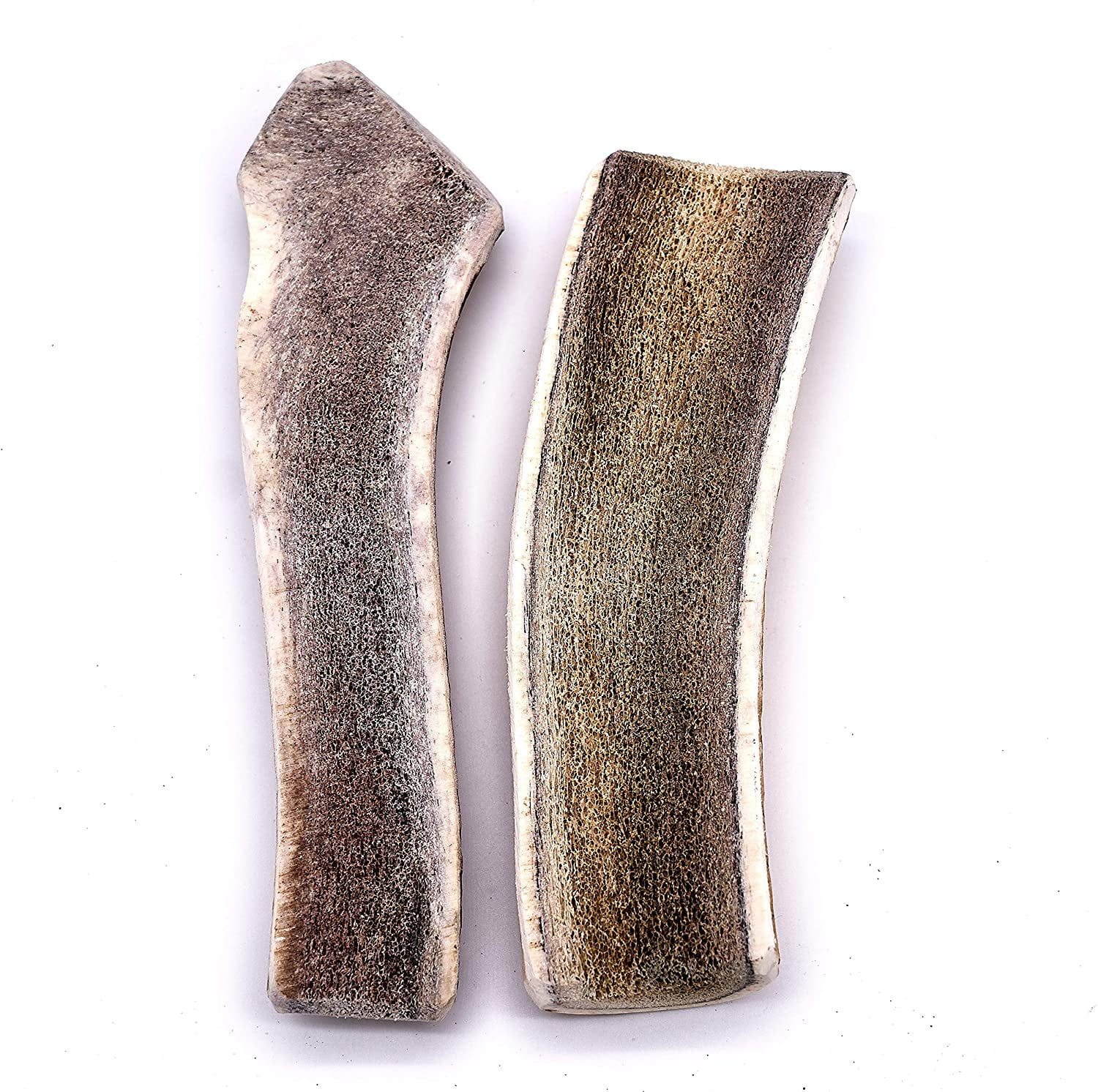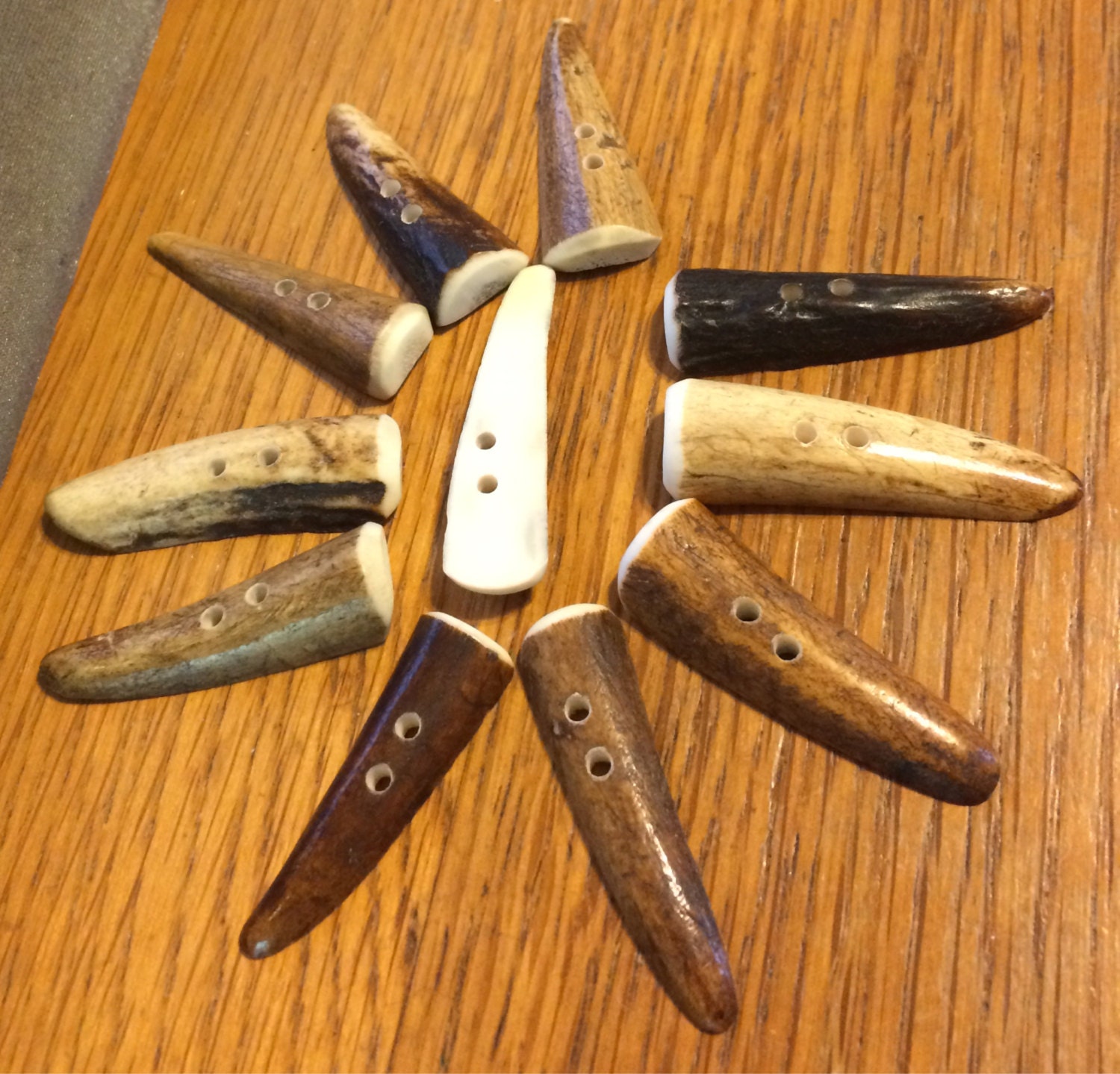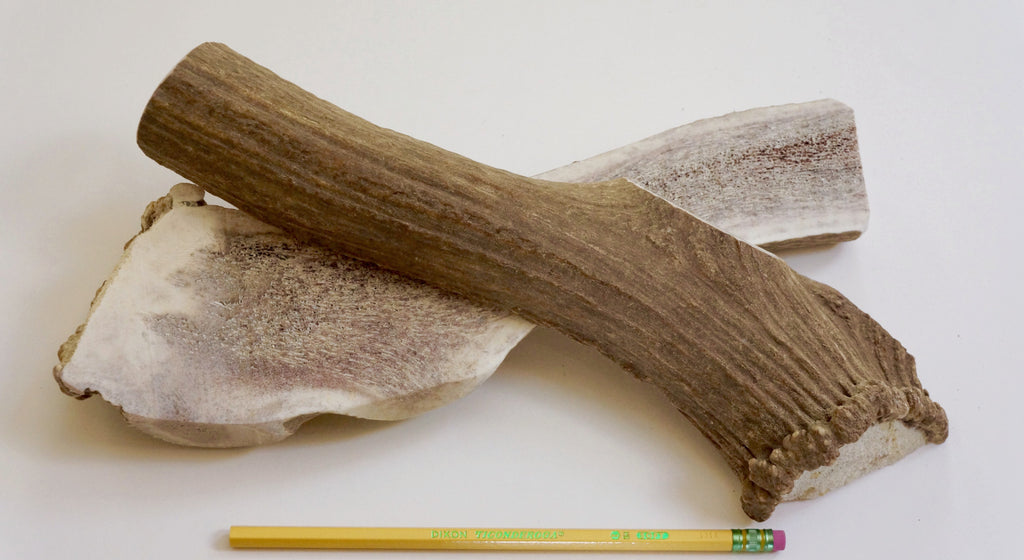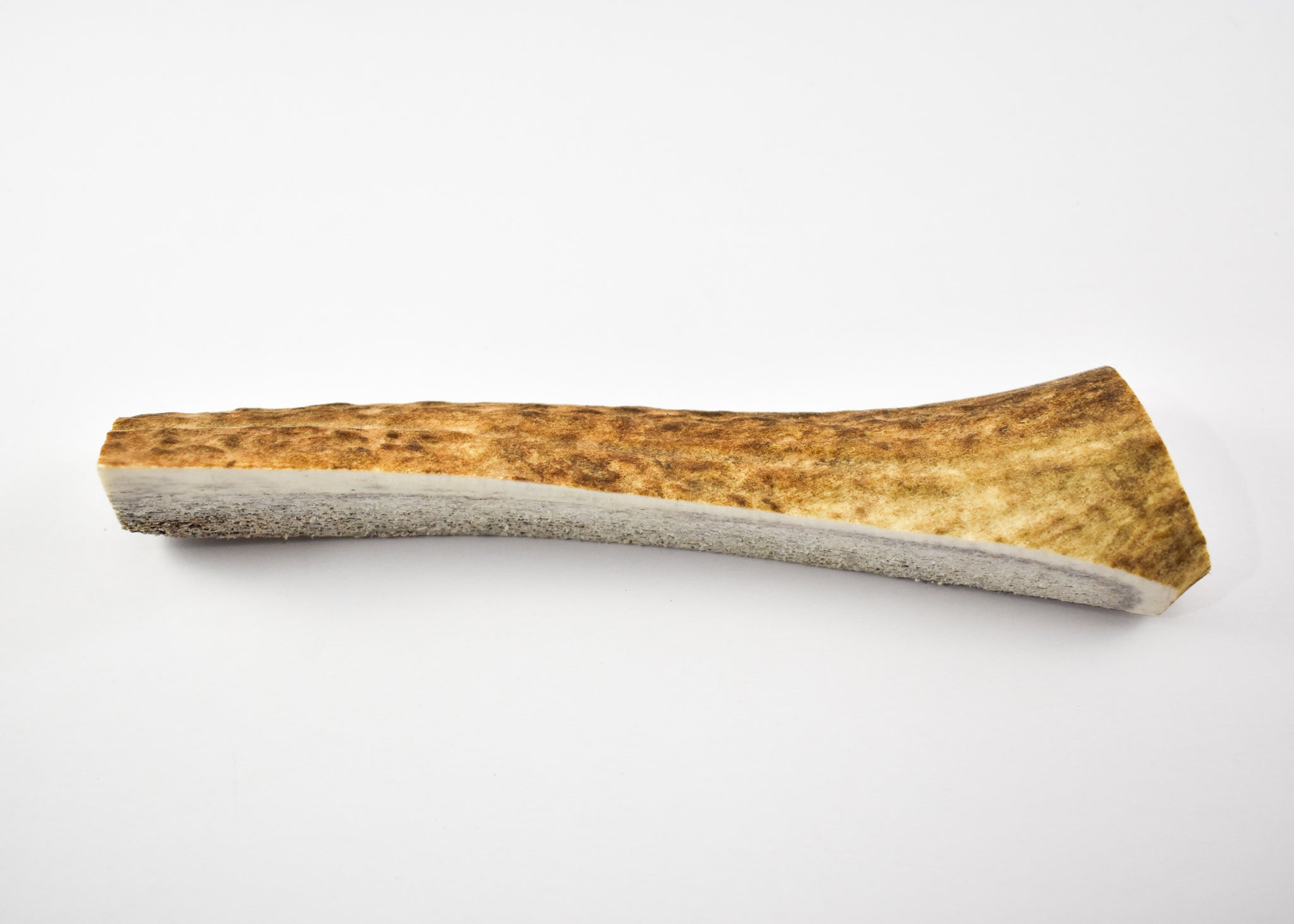
Another microsatellite study in 2016 found no more than four alleles at any locus, consistent with tule elk having been reduced to a single breeding pair. Tibbet, or there were three surviving tule elk at the 1800's genetic bottleneck. A 2007 nuclear DNA microsatellite study found single alleles at many loci, with a maximum of five alleles at one locus, indicating that there has either been a mutation at this locus subsequent to the single breeding pair reported by Henry Miller and nineteenth century game warden A. Genetic studies based on mitochondrial and nuclear DNA confirm that tule elk, Roosevelt elk and Rocky Mountain elk should be considered distinct subspecies. Richardson, wrote "I think the largest herd in the world roamed over the deep grasslands of Point Reyes.I fully believe there were a thousand elk in one herd." General John Bidwell of the 1841 Bartleson-Bidwell Party wrote: “In some of the fertile valleys, such as Napa and Santa Clara, there were elk literally by the thousand”. Richardson, son of Marin County pioneer Captain William A. Joseph Warren Revere, the grandson of Revolutionary War patriot Paul Revere, wrote in his book Naval Duty in California that he counted 400 elk in a single herd on Pt. Tule elk herd size likely numbered in the several hundreds historically. The calves are similar to deer fawns, with brown coats and white spots.

Banta described the tule elk in the 1850s as "I found no difference in size between these elk and the Oregon, Washington, Wyoming and Colorado elk, and felt sure that the bulls would weight 700 to 800 pounds". Wildlife biologist Dale McCullough described an elk transplanted from Buttonwillow in the San Joaquin Valley to a golf course in Monterey that grew to the size of a Rocky Mountain elk. This is a similar size to Roosevelt elk bulls which weigh between 700 pounds (320 kg) and 1,100 pounds (500 kg). California Department of Fish and Wildlife records show recent tule elk bulls on Grizzly Island in Suisun Bay weigh up to 900 pounds (410 kg). roosevelti), and sometimes referred to as the dwarf elk, this moniker may be misleading as the smaller size of some tule elk may reflect poor nutrition of elk subsisting on marginal habitat such as the Owens River watershed. Although tule elk have been reported as half the size of the Roosevelt elk ( C. The average weight of adult males is only 450 to 550 lb (200 to 250 kg) and females have an average of 375 to 425 lb (170 to 193 kg).

Tule elk can reliably be found in Carrizo Plain National Monument, Point Reyes National Seashore, portions of the Owens Valley from Lone Pine to Bishop, on Coyote Ridge in Santa Clara Valley, San Jose, California and in Pacheco State Park and areas surrounding San Luis Reservoir near Los Banos, California.Ĭonsidered the smallest of the elk subspecies in North America, the tule elk were the dominant large ungulate in California prior to the arrival of the Spanish. Today, the wild population exceeds 4,000. Conservation measures were taken to protect the species in the 1970s. However, in 1874–1875 a single breeding pair was discovered in the tule marshes of Buena Vista Lake in the southern San Joaquin Valley.


When the Europeans first arrived, an estimated 500,000 tule elk roamed these regions, but by 1870 they were thought to be extirpated. The subspecies name derives from the tule ( / ˈ t uː l iː/), a species of sedge native to freshwater marshes on which the Tule elk feeds. The tule elk ( Cervus canadensis nannodes) is a subspecies of elk found only in California, ranging from the grasslands and marshlands of the Central Valley to the grassy hills on the coast. Herd at Lake Pillsbury near Hull Mountain, Mendocino National Forest in Lake County, California


 0 kommentar(er)
0 kommentar(er)
